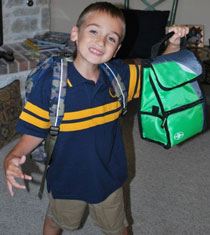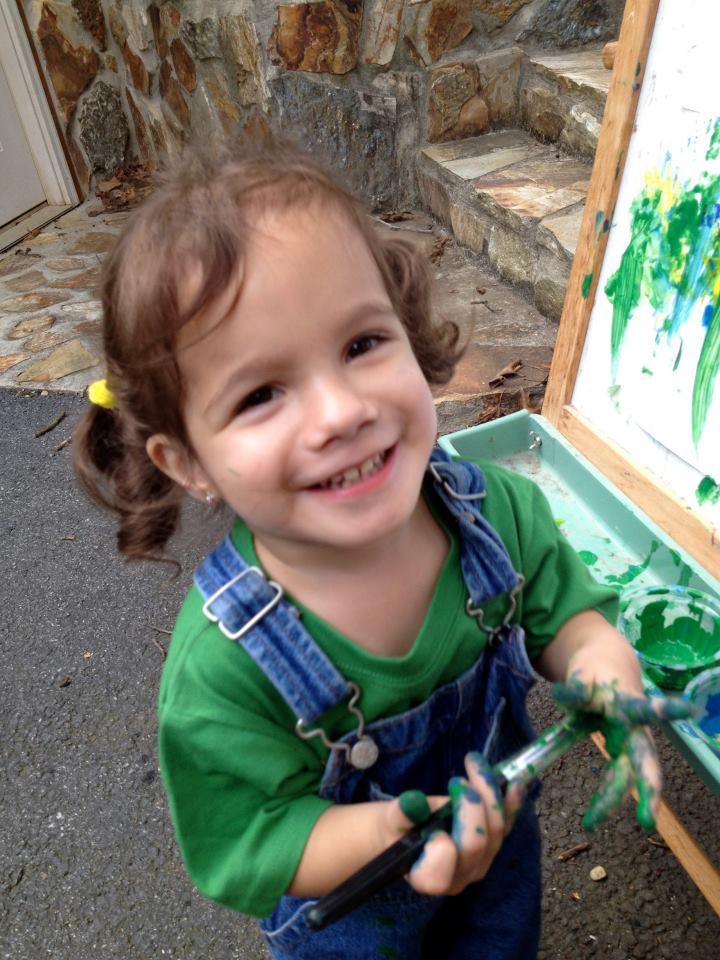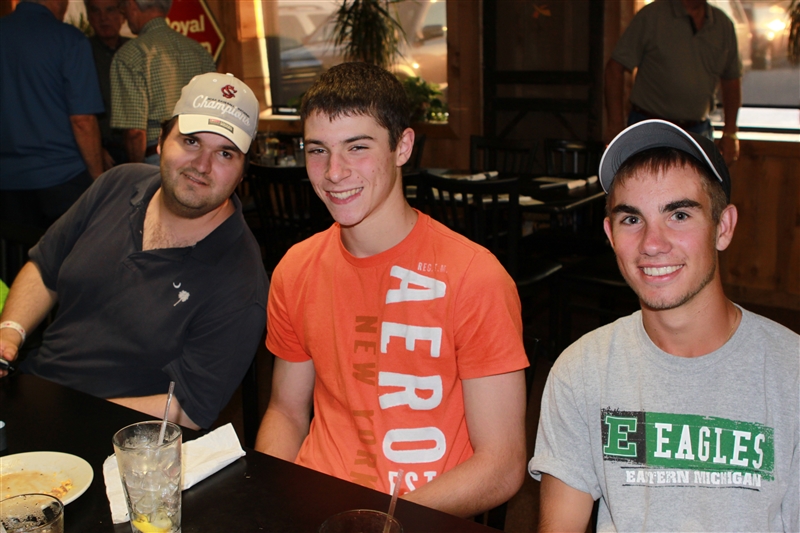 Sometimes children with hemiplegia find it helpful for a parent, or other adult who understands their condition, to give a talk about their condition to their classmates. Or, better yet, if old enough and comfortable with it, the child may give the talk.
Sometimes children with hemiplegia find it helpful for a parent, or other adult who understands their condition, to give a talk about their condition to their classmates. Or, better yet, if old enough and comfortable with it, the child may give the talk.
Sharing information with the class may help your child build friends and allies. Most families who talk to children at school about their child’s disability find improvement in the way their child is perceived and treated. In addition, it can be the beginning of self-advocacy skills.
Tips for Telling Classmates About Your Child’s Disability
- Talk to the class early in the school year
- The age of the class determines how much information you’ll share. For younger children, keep it short and simple.
- Ask the teacher to host an All About Me Day at school where all the students share something about themselves. This is more inclusive and doesn’t single out your child.
- The teacher could have students make a poster at home with photos of them doing activities they enjoy. These can be displayed in the classroom. After everyone has shared the posters, have the students look around the room and ask them what they notice? Point out that not everyone has the same favorite activities and this makes each person unique in some way. Our class is a blend of individuals who have some things the same and some things different. Each person is an individual and this makes our class a very interesting place to be.
- If you are hosting a discussion about your child, ideally, your child will lead the discussion if he or she is old enough. If not, maybe your child can help you. You can rehearse how they’ll be involved in advance. If neither of you are comfortable, maybe ask the child’s therapist or teacher for help. If someone other than the parent or child is going to speak, make sure you’re in agreement with what they will share.
- You could create a poster with photos of your child and family. Include photos that other children can identify with. The goal, in addition to helping the class understand your child’s differences, is to also help the class understand that your child is more like them than different. Your child probably has similar interests and dreams. Include photos of your child’s favorite toys, doing a fun activity, hanging out with friends and family, and maybe with the family pet.
- An easy way to start out a discussion is to ask the class what their favorite foods are. Include your child in this discussion and have him or her answer the question. At the conclusion of this food question, mention that many of the kids like pizza (or whatever food), just like your son does. Do this with other interests like toys, games, things they don’t like, things they’re afraid of, etc. If you’re using photos, you can point to those as you move along.
- You can talk about differences and sameness.
- Sometimes reading a book may make the presentation easier. If you can’t find a book that represents your child, make one!
- If your child is having problems keeping up on the playground, talk about games that the class can play outside that will include your child. You could say that Evan can’t climb the slide, yet, but he really wants to. Ask the class for ideas about things Evan can do on the playground that don’t involve climbing. Talk about Evan’s feelings about not being able to slide. “Have you ever felt sad and left out?” Let the children talk about those feelings and then ask them what they can do when they see someone who seems to be feeling left out.
- Remember to leave time for questions.
- Sometimes children are afraid that your child is sick and they may catch this “illness” so try to casually comment that this is not something that’s contagious.
- Don’t attempt to demonstrate what it’s like to live life with one hand. See more info below.
Sample School Talks
Below, you’ll find examples of talks given by parents of children who have hemiplegia.
School Talk 1 – elementary
School Talk 2 – 1st grade
School Talk 3 – 2nd grade
Disability Awareness: We’re In It Together
Demonstrating What It’s Like to Have a Disability
Many disability advocates have criticized efforts that try to “simulate” what it is like to have different disabilities. Their concern is that such exercises often reinforce stereotypes and emphasize a “deficit” model of disability. Putting socks on our hands to simulate fine motor problems or sitting in a wheelchair for a few hours is seldom a realistic way to understand the experience of disability and sometimes causes the student to either dismiss the disability as “no big deal” or pity those individuals with disabilities.
Share Your Talks with Us
If you or your child have given a talk at your their school and you think that it will be helpful to other parents, please share it with us.







